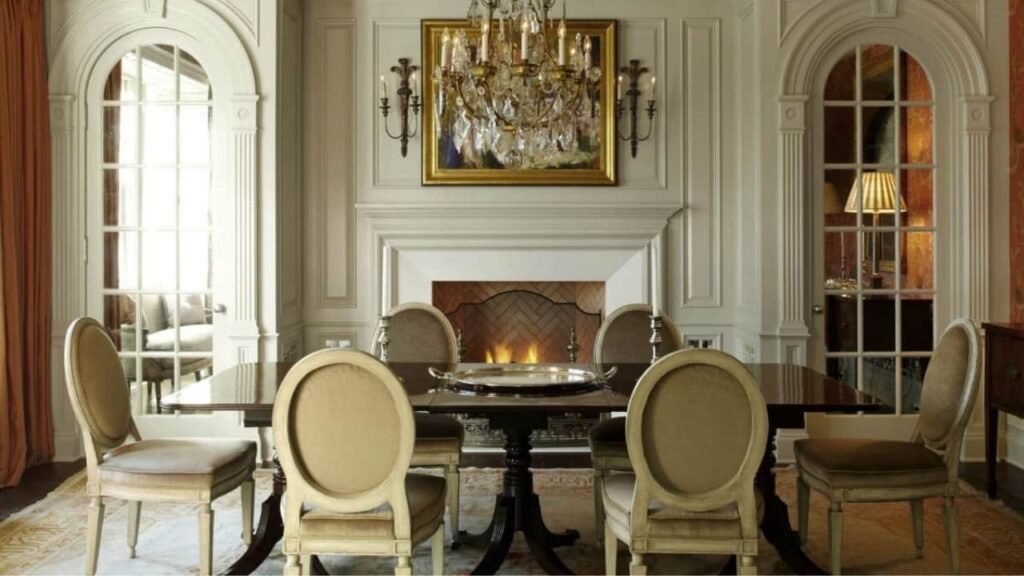Know What Is Colonial Renaissance And Its Design Secrets.
Colonial re-energy architecture originated in the early 20th century in the United States in response to the nostalgia of traditional residences in the 17th and 18th century American colonies. That’s why its popularity is enduring? The adaptability of the details and timeless proportions are all at stake. Check out the living rooms in order to understand what we are talking about.

England came to America as colonial architecture developed from the architecture of the Italian Renaissance. The details of the buildings were inspired by ancient Greeks and Romans.
When you increase or decrease your column, the sections are measured upwards or downwards. If your column is 9 ft tall, the pedestal should be one third of the column height, or three feet high, according to the conventional architectural rules. You will have a pedestal about 4 feet tall if your column is 12 feet high.
This seems to be a miniature temple for a coat of fire, such as the one in this Georgian Colonial Revival home in New York. The details are baseboards, door and window case, and crown mouldings, all equivalent to the room height.
Once you understand the function and positioning of the pieces, there are limitless possibilities for variations and interpretations. Although Colonial Revival is an architectural tradition, its classic design allows it to fuse easily with modern décor and traditional changes of design.
The theme of the colonial revival is supplemented by traditional decorations in another house in New York. Examine the moulding of the crown at the top of the walls, then the scaling parts of the coat rack.

The crown mould replaces the top cornice in classical architecture in today’s interior. Because the crown shaping on the wall is approximately twice the height of the cornice (or cornice) on the shelf of the coat of arms, the moulding of the crown (or cornice) on the wall is approximately two times the size of the cornice shaft on the coat of arms.
The wall-mounted chair rail shows the top of a footstool in classical architecture, defining the transition from the lower to the top parts. The baseboard is proportionate to the height of the ceiling, as in the example above.
Written By Mahak Jain | Subscribe To Our Telegram Channel To Get Latest Updates And Don’t Forget To Follow Our Social Media Handles Facebook | Instagram | LinkedIn | Twitter. To Get the Latest Updates From Arco Unico



